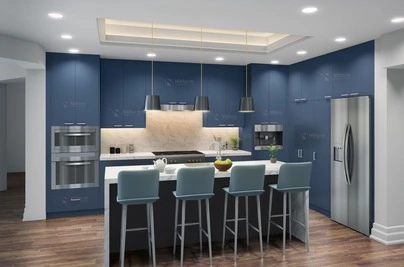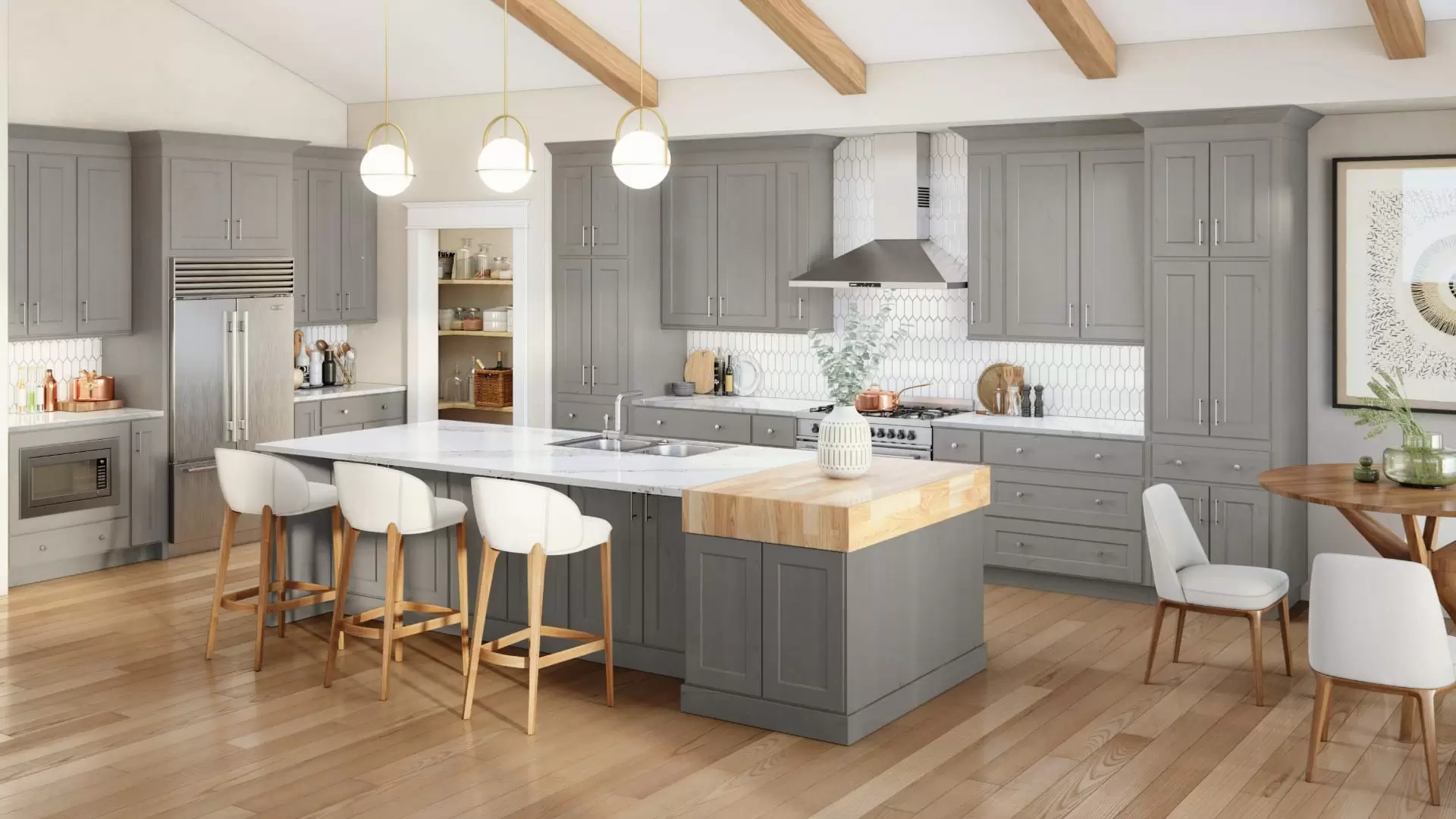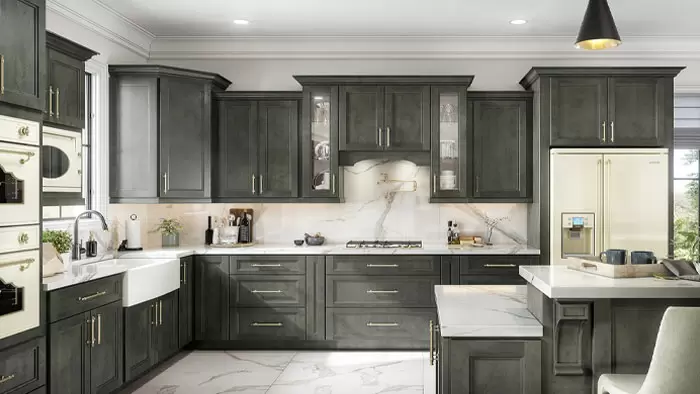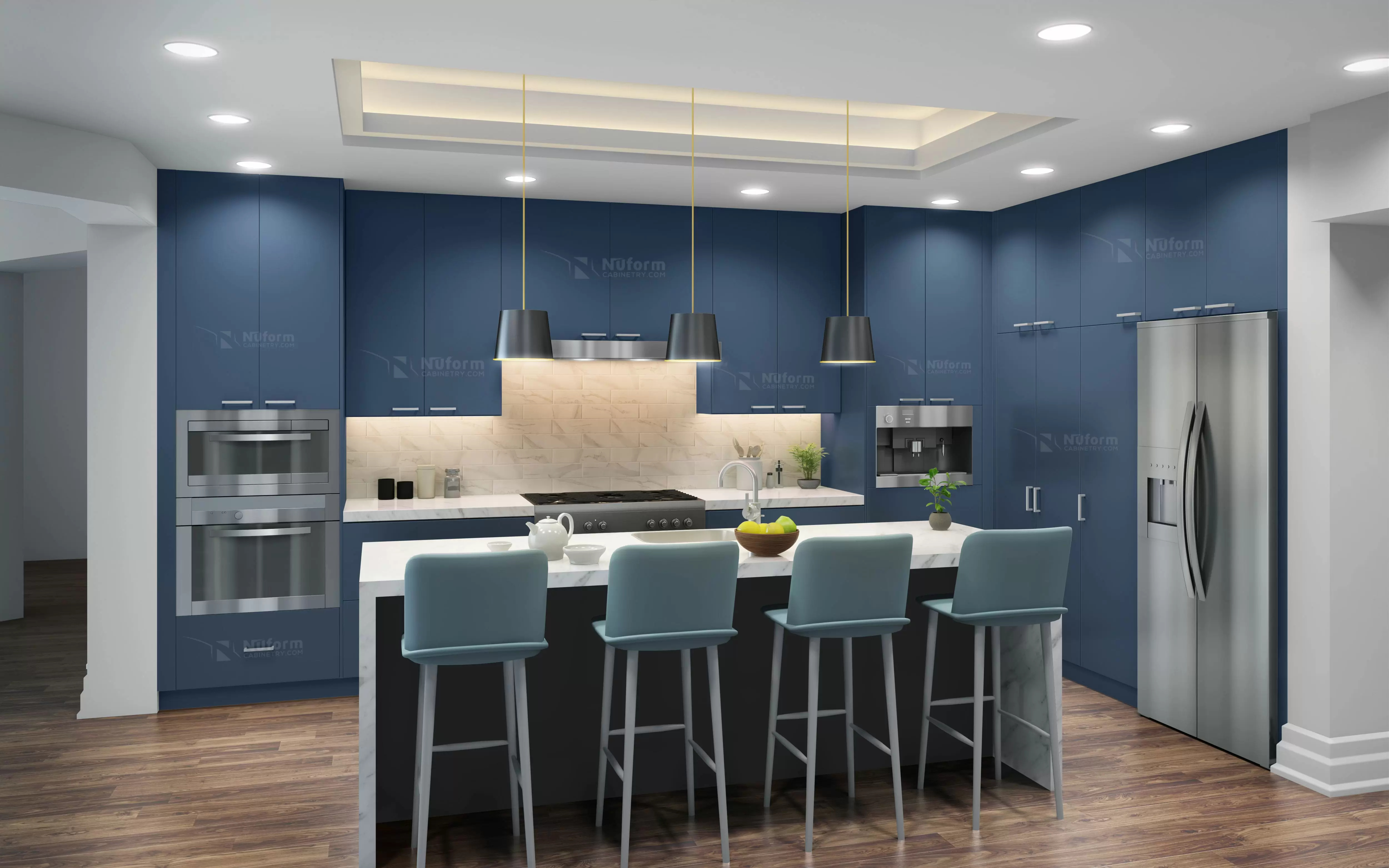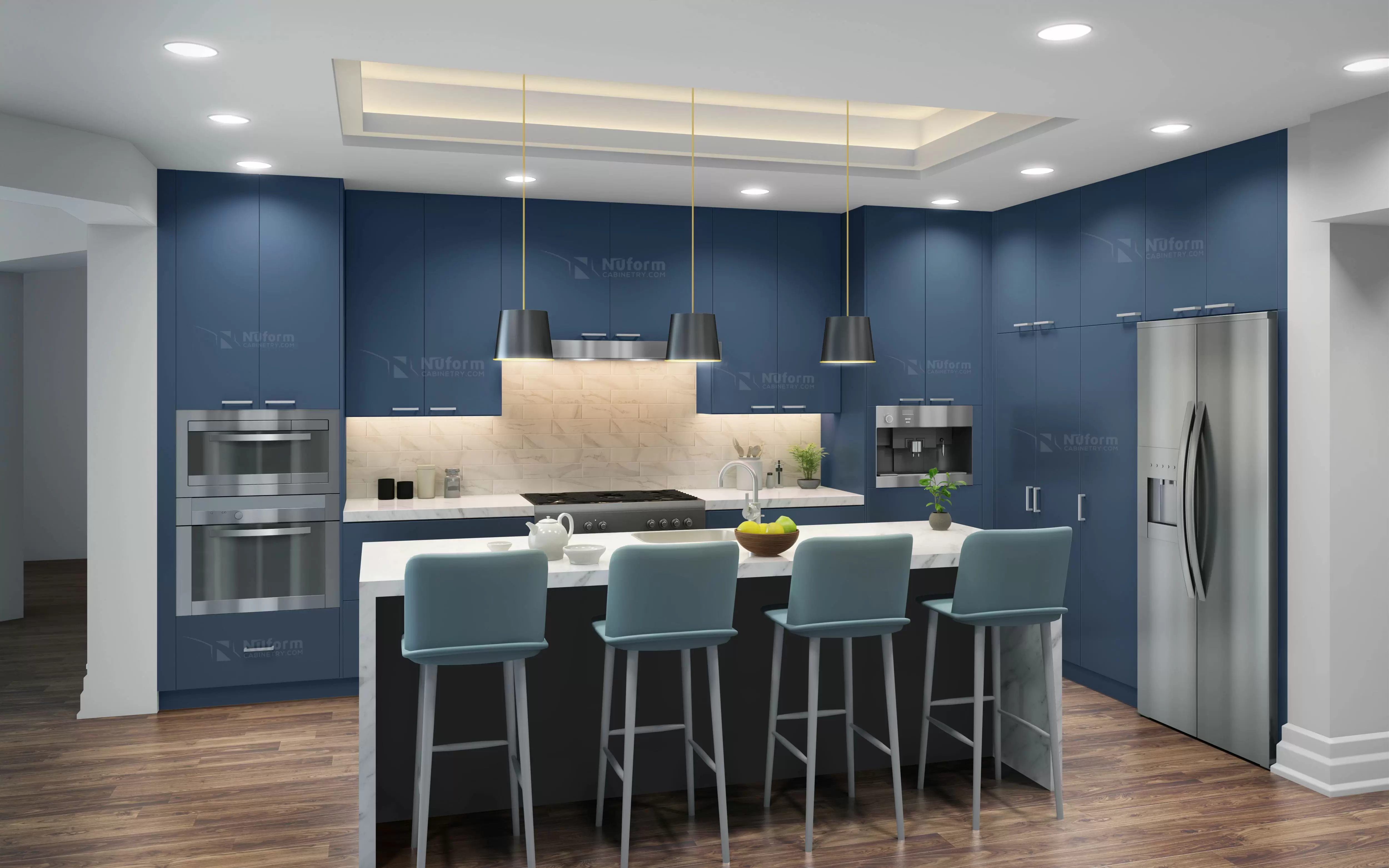Frameless Cabinets: A Sleek And Space-savvy Solution For Your Home
If you're planning a kitchen or bathroom renovation, you may have come across the term "frameless cabinets." Unlike traditional framed cabinets, frameless cabinets offer a modern and minimalist look that can help to maximize interior space and create a clean, uncluttered appearance. In this blog, we'll take a closer look at what frameless cabinets are, why they're a popular choice, and what you’ll need to know before installing them in your home.
What are Frameless Cabinets?
Frameless cabinets, also known as European-style cabinets, are cabinets that are constructed without a face frame. Instead of having a solid frame around the cabinet opening, frameless cabinets have the doors and drawers attached directly to the cabinet box. This design offers several advantages over traditional framed cabinets.
Design Flexibility
One of the key benefits of frameless cabinets is their design flexibility. Without the need for a face frame, frameless cabinets offer more space for cabinet openings, which makes it easier to access your contents inside. Additionally, frameless cabinets allow for greater customization and design options, as there are no constraints on cabinet opening sizes or shapes.
Space Utilization
Another advantage of frameless cabinets is that they help to maximize interior space. With no face frame, there is no wasted space between the cabinet and the wall, which makes it easier to store larger items and keep your kitchen or bathroom organized. Additionally, frameless cabinets can provide a seamless, integrated look that helps to create the illusion of more space in your home.
Material Options
Frameless cabinets can be made from a variety of materials, including MDF, particleboard, and plywood. The choice of material will depend on your personal preferences, budget, and the overall style of your home. MDF is a popular choice for frameless cabinets due to its stability and affordability, while plywood is a more durable and long-lasting option that can add a touch of warmth and character to your kitchen or bathroom.
Installation
Installing frameless cabinets can be a DIY project, although it is important to have a basic understanding of carpentry and cabinet installation techniques. The process involves attaching the cabinet boxes directly to the wall, and then attaching the doors and drawers to the cabinet boxes. For a professional and seamless finish, it is recommended to use specialized hardware and installation techniques, such as concealed hinges and soft-close drawers.

